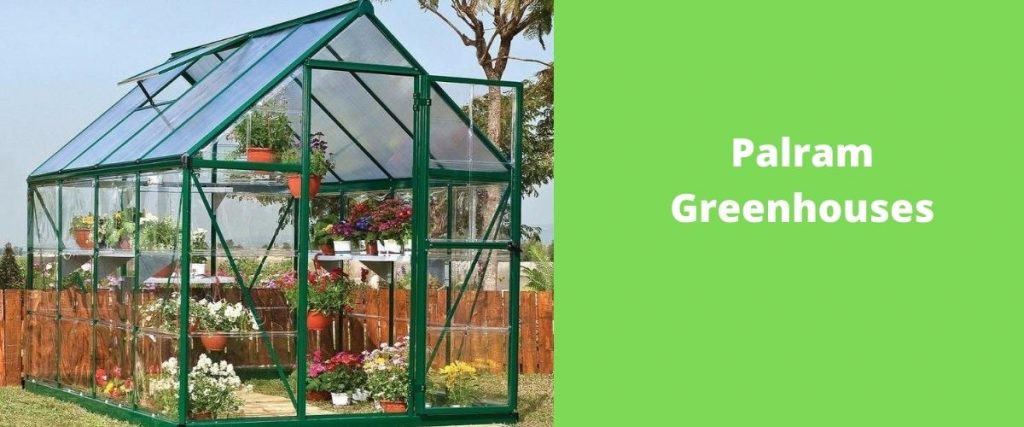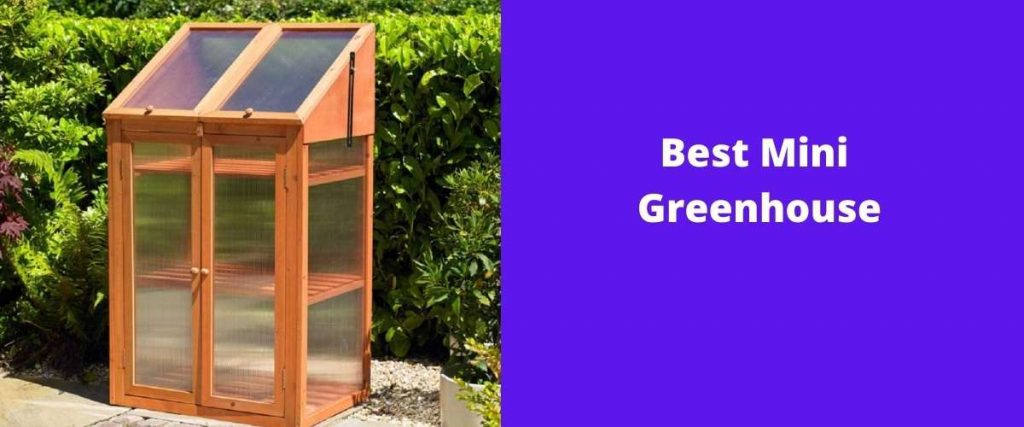A botanical garden’s main goal is to have vast plant collections identified with scientific and popular names, as well as their origins.
Depending on the amount of accessible area and funds, you can have plant collections ranging from hundreds to thousands of different types.
As the globe grows more urbanized, these gardens are becoming more widely recognized as important cultural treasures. They provide city residents with access to elements of the natural environment that they no longer have.
They also provide a mental vacation from the stresses of everyday life and inspire new hobbies and interests connected to nature. Some plants develop only during the growing season, whereas others are impacted by climatic change.
As a result, there is a need to establish a safe growth arena – the greenhouse – to assure their continuing survival and the advantages we get from them.


What is a Greenhouse and Its Types?
A greenhouse is a building designed to aid in the growth of fruits, vegetables, and flowers by utilizing available sunlight to initiate climatic changes within the structure.
Greenhouses can be modest and simple with few bells and whistles, or they can be quite big for commercial usage and feature computerized heating and cooling options.
These larger structures may also have extra lighting and humidity control to aid in the creation of optimum growing conditions for plants.
Without all of the extra modifications, the greenhouse’s most fundamental function is that sunlight penetrates through the glass walls and roof.
This permits the greenhouse’s inside to receive light while simultaneously raising the temperature.
Because the greenhouse is entirely enclosed, heat cannot be transferred from one region to another via convection, which is the movement of fluids, in this instance, humidity.
Greenhouses exist in a variety of sizes, as previously stated. There are also a few distinct types, depending on the size at which they’ll be employed.
- A-frame is a basic, sensible choice that doesn’t take a lot of resources and can be built or purchased pre-made for a reasonable price. The roof descends almost to the ground, as the name implies. As a result, a deliberate effort is required to provide adequate airflow around the edges.
- Lean-to: This type of greenhouse is mainly for personal use, and it gets its name from the fact that it is constructed onto the side of an existing, highly solid structure, such as a house. When space is limited, or the elements pose a threat to the structure’s stability, this type of greenhouse is ideal.
- Not every greenhouse should be constructed to take advantage of as much sunshine as possible. Some plants do not require the sun’s strong, direct beams since it can be dangerous sometimes.
Shade cloths are used on the ceiling and sides of a shade house instead of glass or plastics. The fabric is adjustable in the sense that you may choose from a variety of colors to select the one that best suits your needs.
Why do We Have a Greenhouse in Botanical Gardens?
We need greenhouses in botanical gardens to give the best conditions for plants to develop steadily.
Greenhouses are glass-enclosed rooms where moisture, temperature, and light are all regulated to provide plants the best possible growing conditions.
Furthermore, greenhouses assist in creating the ideal ambiance for seasonal plants that the rest of the open botanical gardens may not be able to supply at a given time.
Greenhouses are used in botanical gardens to aid with the growth of young plants and the nurturing of specific flowers.
A botanical garden aids in the preservation of diverse plant types, particularly those having therapeutic characteristics, from extinction.
Botanical gardens, on the other hand, must find a method to protect their live plant collections in the face of climate change. Greenhouses are a certain way to do this.
Benefits of Having a Greenhouse in a Botanical Garden?
Farmers and botanists may grow a variety of plants in greenhouses, including fresh organic flowers, exotic plants, vegetables, home plants, bulb plants, and seedlings. You can cultivate a variety of plants or a blend of plants each year.
Throughout the year, the structure allows you to ignore and avoid any weather conditions or seasonal changes.
As a consequence, extended droughts, severe rain, or high temperatures have no effect on you or your greenhouse plants.
The structure allows for a great deal of versatility in terms of gardening. Planting in a controlled environment protects against pest infestations. You can keep the plants happy and healthy all year round.
Plants thrive in moist, warm conditions. This may be accomplished by utilizing the greenhouse to promote healthy development.
The purpose of this construction is to ensure a sufficient amount of water vapor and heat so that the appropriate humidity and warmth may be maintained. You may create an amazing design that complements your garden scenery.
Because there are buildings of many forms and sizes, this saves you time and money spent on planning a garden layout.
The room you’ll create with a greenhouse will enhance the aesthetics and utility of your outside space. You might spend a lot of money on plants in the spring that may not fill the entire garden.
A greenhouse, on the other hand, allows you to have a large number of seeds to grow anytime you choose. Most of the time, the seeds are more than they can hold.
As a result, a botanical garden greenhouse may help you save even more money. Staying in a natural setting is a great way to get away from the stresses of everyday life.
Having a greenhouse gives you that natural getaway. It can also help to raise your spirits when you’re down.


